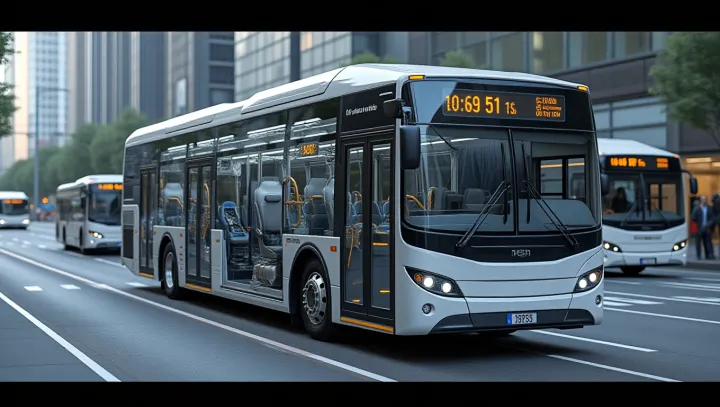Economic and Practical Impacts of New Buses

New York's bustling metropolis demands a constant evolution of its public transportation infrastructure. One key component of this evolution is the city's bus fleet. As urban areas continue to expand and technological innovations in public transport emerge, the cost and specifications of acquiring new buses have become a focal point of deliberation for city officials.
The average price of purchasing a new bus ranges broadly from $300,000 to $900,000. This variance is largely dictated by factors such as the type of bus—be it diesel, electric, or hybrid models—and the integration of technology aimed at boosting efficiency and reducing emissions. Moreover, additional features such as smart ticketing systems and enhanced accessibility for passengers with disabilities may influence the final price.
According to recent insights from the Metropolitan Transport Authority, investing in new buses represents not only a financial commitment but also a strategic initiative aimed at improving urban mobility and environmental sustainability. Experts highlight the potential long-term benefits, including reduced operational costs and decreased congestion, thus emphasizing the critical balance between initial expenditure and subsequent savings. In an era where climate change and urbanization are at the forefront of global challenges, the incremental shift towards eco-friendly public transport solutions in cities like New York serves as a beacon for sustainable urban development.
Local authorities are tasked with making informed decisions that will shape the future of city transit, benefitting citizens and the environment alike.
